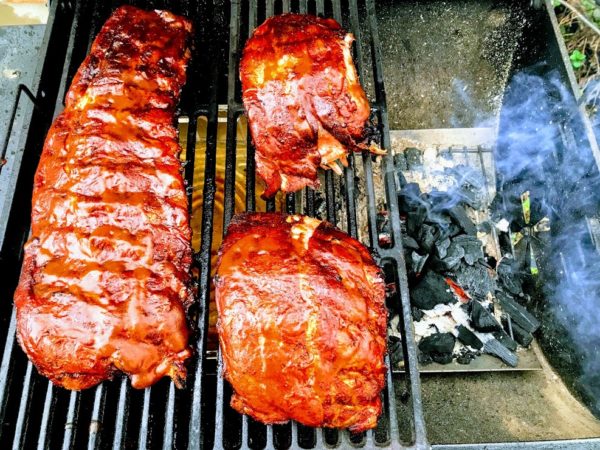Pork is the ultimate low and slow food to make on a smoker, this dry rub adds the perfect compliment!
by Joel Steingart | October 12, 2019
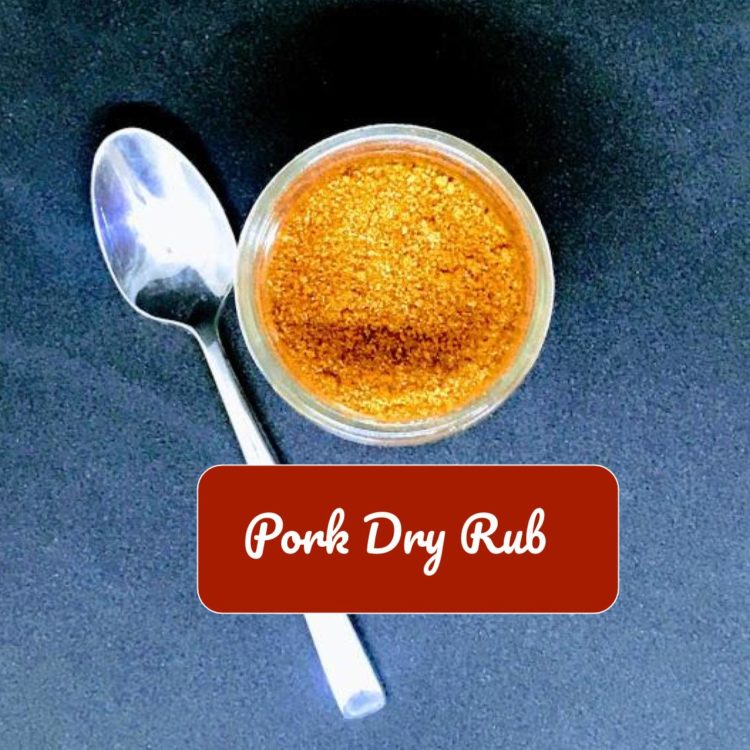
One of my favourite summer hobbies is smoking meat. I look forward to a day off when it’s nice and sunny so I can spend hours smoking various kinds of meat. If you are going to spending the day tending to your charcoal, and slowly roasting meat, it’s always good to fill the grill with different options. Chicken, salmon, and even veggies are all great options. My favourite meat based on the different types of cuts, as well as the way it compliments the smoke, is pork.
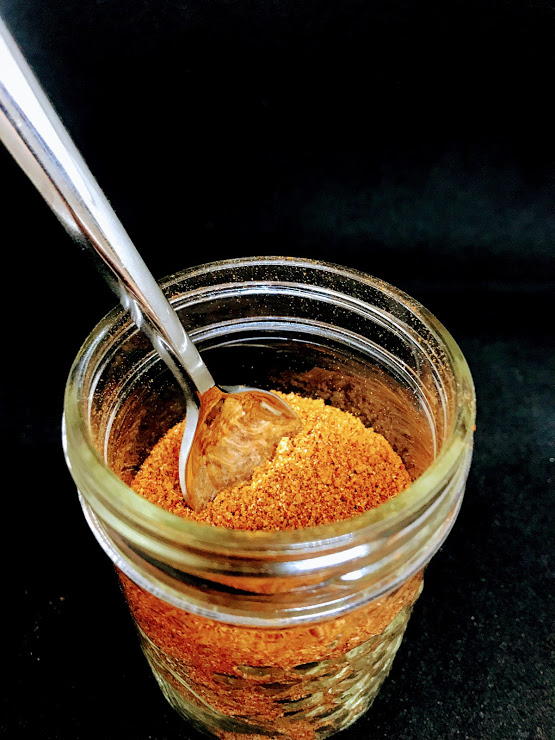
Some of my favourites are ribs, pork butt, picnic roast, and cottage rolls. All of them have a great fat to meat ratio, which means as you cook it slowly the fat will break down and flavour the meat. I like to use a sweet and spicy dry run to bring out the flavour of the pork. The sugars will also Caramelize the meat to create a nice crust on the exterior!
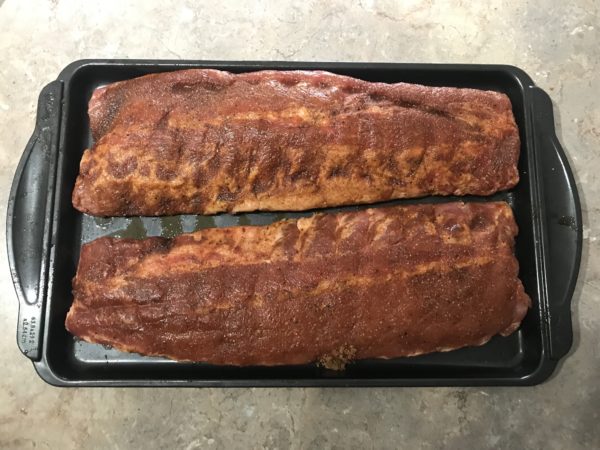
I have done extensive reading on the techniques and science of smoking. The beauty of smoking is the learning and experimenting never really ends. There are a few key things that you should keep in mind.
-
- Give yourself time. I like to start my charcoal an hour or two before I want to put the meat on. Cooking with fire and charcoal is unpredictable based on many factors, so this allows me time to try to get my smoker to the temperature I want.
- The ideal temperature for smoking just about anything is 225-250 degrees Fahrenheit.
- Choose your wood based on what you are cooking. I like mesquite as a good versatile wood. Apple wood is great with pork, but not great with salmon for example.
- Based on all of the science that I have researched, the first hour is the key to the meat absorbing the smoke flavour. After that first hour you are essentially wasting wood chips.
- Cook based on temperature and look, not time. A good meat thermometer is your friend! I like one with a digital display that you can keep in the meat and mount outside the grill as you cook.
- Indirect heat is key. You want to make sure that you have your flame on one side and your meat on the other.
- If you are looking you aren’t cooking – you don’t need an actual smoker to smoke meat. I have often used a charcoal grill. In many cases you are going to have to add charcoal or wood as you go, so having a grill that you can fuel without opening the lid is a great option.
- Have fun! Don’t stress too much. If you are feeding friends and family, it’s better to start early. If the meat is done early you can wrap it in foil, a towel and then place it in a cooler. This technique will help keep your food warm for hours without stressing you out about serving dinner at 10pm because you are waiting for the meat to get to the right temperature.
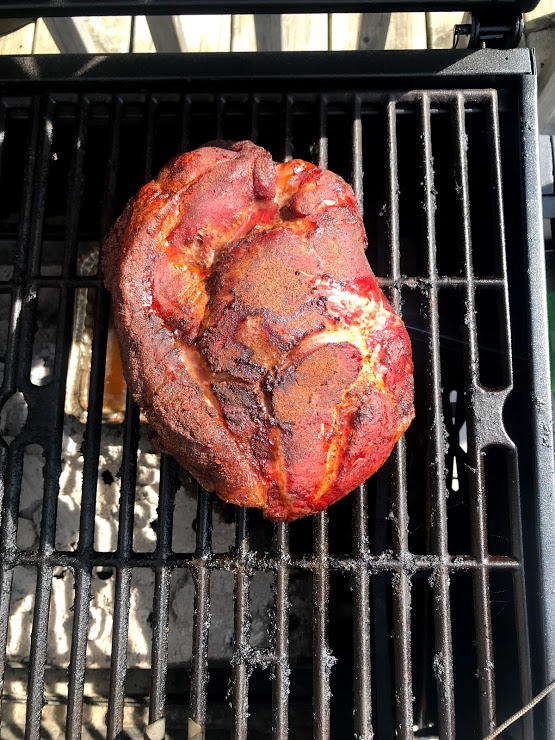
If you are doing ribs, it can be difficult to use a thermometer. I usually have them on for around 4 to 5 hours. One method to see if they are done is to pick up the ribs with a tong. If gravity starts causing the skin to crack and break as you shake it, they are done. For pulled pork, 190 degrees Fahrenheit is the temperature at which the meat breaks down and stars pulling apart. This can take 5 or 6 hours depending on the size of the roast.
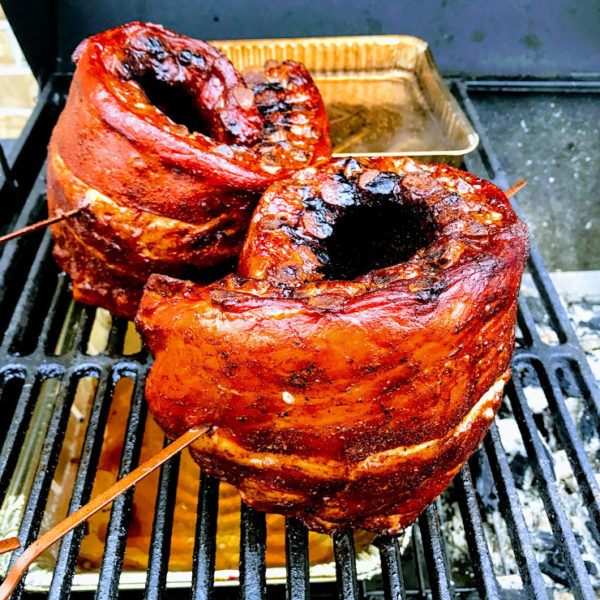
If it’s a nice day and you have the time, I highly recommend slow cooking some ribs or a pork roast. Not only is it a fun way to spend your day, but it’s also sooo delicious!
